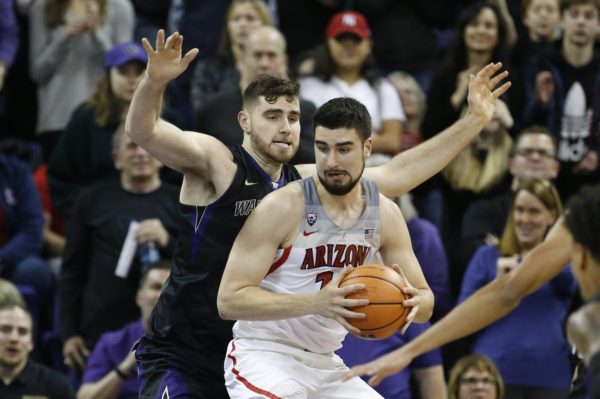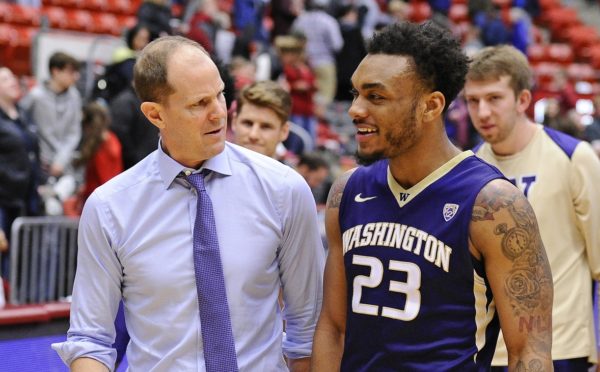Arizona State’s Stars and the Infrequence of its Bench
Posted by Adam Butler on March 7th, 2018Earlier this season, as many were asking if Arizona State was the best team in the country, it was hard to disagree. The Sun Devils were 12-0 and had logged wins over Xavier and Kansas, now-and-then teams projected to be fantastic. On the eve of Pac-12 play, they were ranked among the nation’s top five in the national polls and rated 20th by KenPom. Bobby Hurley was America’s coaching darling and Tra Holder was outpacing Deandre Ayton for the Pac-12 Player of the Year (although I did call Holder a dark horse favorite for the award). But now, at season’s end, the Devils are 8-10 in a mediocre-at-best Pac-12 and no longer our national sweethearts (to the extent a Devil ever could be). It wasn’t the level of competition (exclusively) that caused this collapse. A win at Kansas is rarely a mistake. Even Washington went 10-8 in the same conference! What happened to Arizona State?
I chose to call it a “Curtain of Exhaustion.” Back when the Sun Devils were streaking, we noted that Hurley was very rarely leveraging his bench. Now, to be clear, leveraging a bench is a complex topic. In the college game specifically, a bench isn’t always a required or an available asset. Arizona State started the season without Mickey Mitchell or Kimani Lawrence, both of whom wound up playing significant-if-not-impactful roles throughout the conference season. Regardless of their availability, the Sun Devils still finished the season with just one-quarter of their available minutes (305th nationally) going to the bench. Again, this isn’t always a death sentence for teams, but in closely examining Arizona State’s tumble, it seems clear. Holder and Shannon Evans — who have played 87 percent and 86 percent, respectively, of their team’s available minutes — are exhausted. Their totals represent the fourth and fifth most minutes in the Pac-12 this season. To further visualize this thesis, here are their rolling field goal percentages this season:
















































